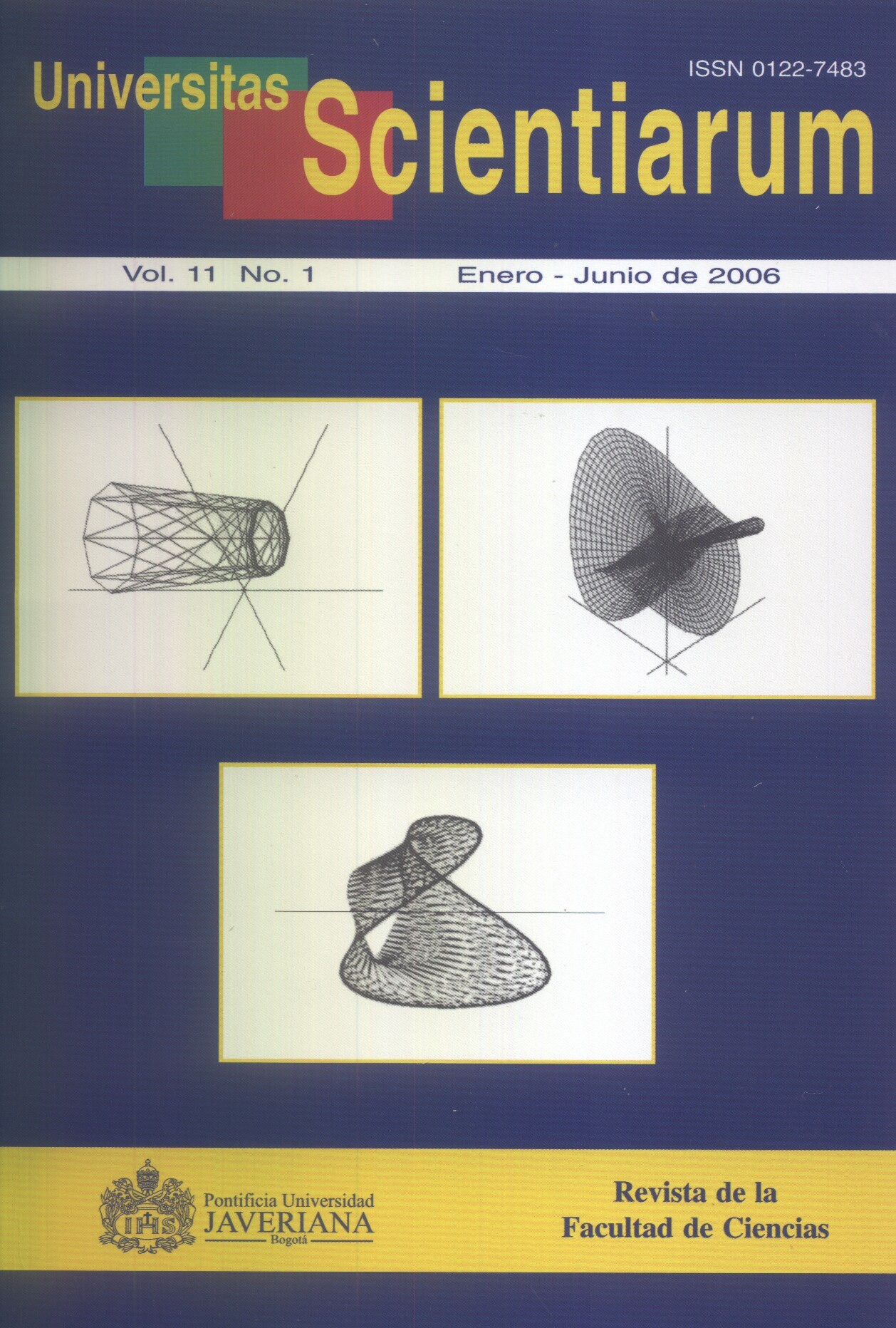Abstract
La producción de combustibles, solventes y algunos productos químicos a partir de sustratos celulósicos usando microorganismos ofrece una ventaja frente a los de origen fósil. Un acercamiento prometedor ha sido la implementación de ingeniería genética utilizando genes de enzimas involucradas en la degradación de desechos celulósicos. En la última década se han generado bibliotecas genéticas para proveer enzimas celulolíticas, que hagan el proceso más rentable, lo cual permitiría aprovechar mejor residuos celulósicos disponibles. Este trabajo describe el aislamiento de dos fragmentos de ADN que expresan actividad endo-b-1,4-glucanasa, a partir de un segmento ADN de 13Kb (clon 02080-25) aislado de una biblioteca genómica de la cepa nativa Clostridium sp IBUN22A. El aislamiento de la región codificadorase realizó a través de pruebas de inducción de la actividad, análisis por restricción del segmento y construcción de una sub-biblioteca con la enzima Sau3A I. 325 clones fueron obtenidos, de los cuales 271 tenían inserto. El tamizaje molecular de estos últimos mostró que siete clones presentaron tamaños entre 3500pb y 7000pb y el tamizaje enzimático con carboximetilcelulosa como sustrato permitió el aislamiento de los clones pBSh-37 y pBSh-26 con la actividad endo-b-1,4-glucanasa original, de tamaños de inserto de 627pb y 879pb respectivamente. Este trabajo es el punto de partida para el aislamiento de enzimas de alto potencial biotecnológico.Univ. Sci. is registered under a Creative Commons Attribution 4.0 International Public License. Thus, this work may be reproduced, distributed, and publicly shared in digital format, as long as the names of the authors and Pontificia Universidad Javeriana are acknowledged. Others are allowed to quote, adapt, transform, auto-archive, republish, and create based on this material, for any purpose (even commercial ones), provided the authorship is duly acknowledged, a link to the original work is provided, and it is specified if changes have been made. Pontificia Universidad Javeriana does not hold the rights of published works and the authors are solely responsible for the contents of their works; they keep the moral, intellectual, privacy, and publicity rights. Approving the intervention of the work (review, copy-editing, translation, layout) and the following outreach, are granted through an use license and not through an assignment of rights. This means the journal and Pontificia Universidad Javeriana cannot be held responsible for any ethical malpractice by the authors. As a consequence of the protection granted by the use license, the journal is not required to publish recantations or modify information already published, unless the errata stems from the editorial management process. Publishing contents in this journal does not generate royalties for contributors.



